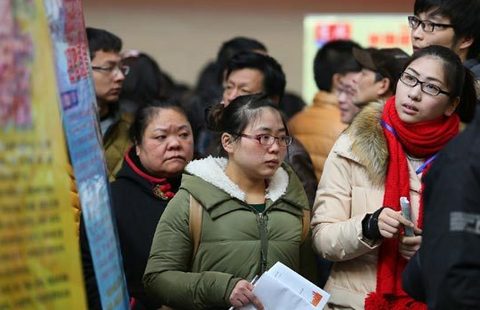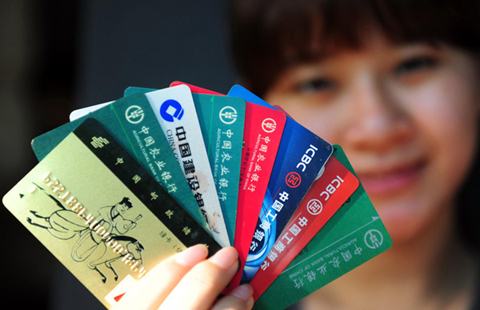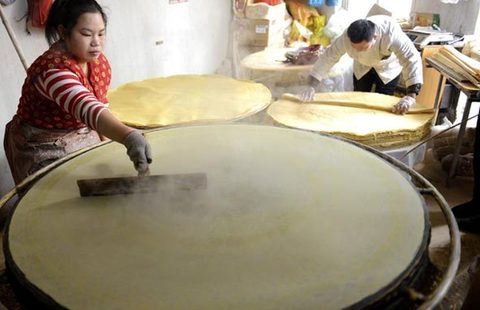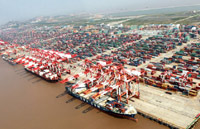Chinese banks eye bigger role in gold pricing
By Zhang Chunyan (China Daily) Updated: 2015-02-10 07:57Second, a larger and more diverse pool of participants in pricing will help the system maintain transparency.
The current process begins with the so-called spot price of gold, which is based on the current market rate of contracts for physical delivery of the metal.
The current four banks must then declare whether they are interested in buying or selling at this level. The price can fluctuate depending on the balance of supply and demand, and it settles on a "fixing".
However, the longstanding process has been tainted by a series of rigging scandals in recent years and attacked by critics.
Last May, the system drew scrutiny from regulators after Barclays was fined more than 26 million pounds ($45 million) after an ex-trader at the bank admitted attempting to manipulate the gold price.
London is the world's largest trading center for precious metals. Total demand for gold in 2013 was $184 billion, according to the World Gold Council.
Industry insiders said that the market price of gold, which is driven by investment and jewelry demand, could climb as a result of an overhaul.
Lacking transparency means that gold prices can be rigged to benefit banks at the expense of producers, traders, investors, jewelry producers and other market participants.
The LBMA, the regulators and market players will decide the new mechanism together in the first quarter of 2015. Questions about Chinese banks' role will also be answered then.
- Chinese banks eye bigger role in gold pricing
- China relinguish control over new listings
- China's household cooking consumes too much energy
- Home Inns exhibits 'ideal living room'
- China's CSR to buy British underwater robot maker
- Major staff shakeup at China's central bank
- Apps that help commuters avoid rush
- Top 10 favorite gift brands of rich Chinese women

















